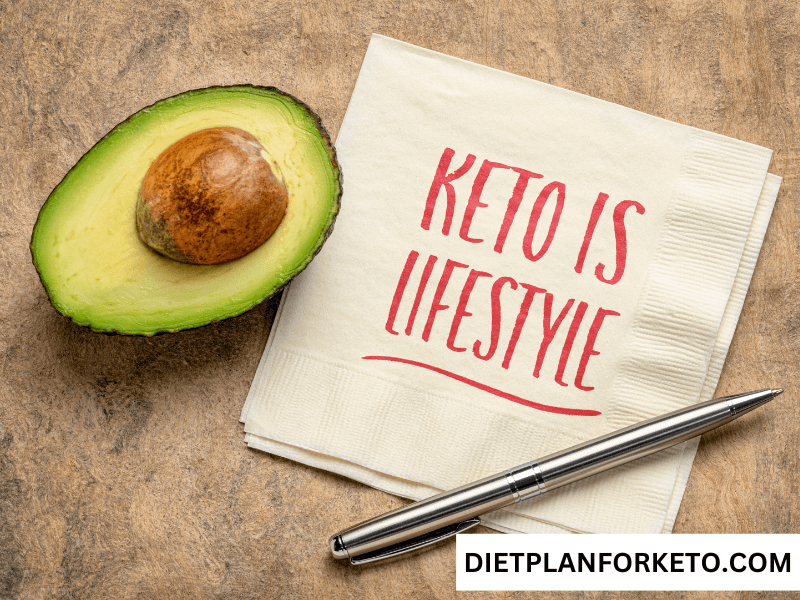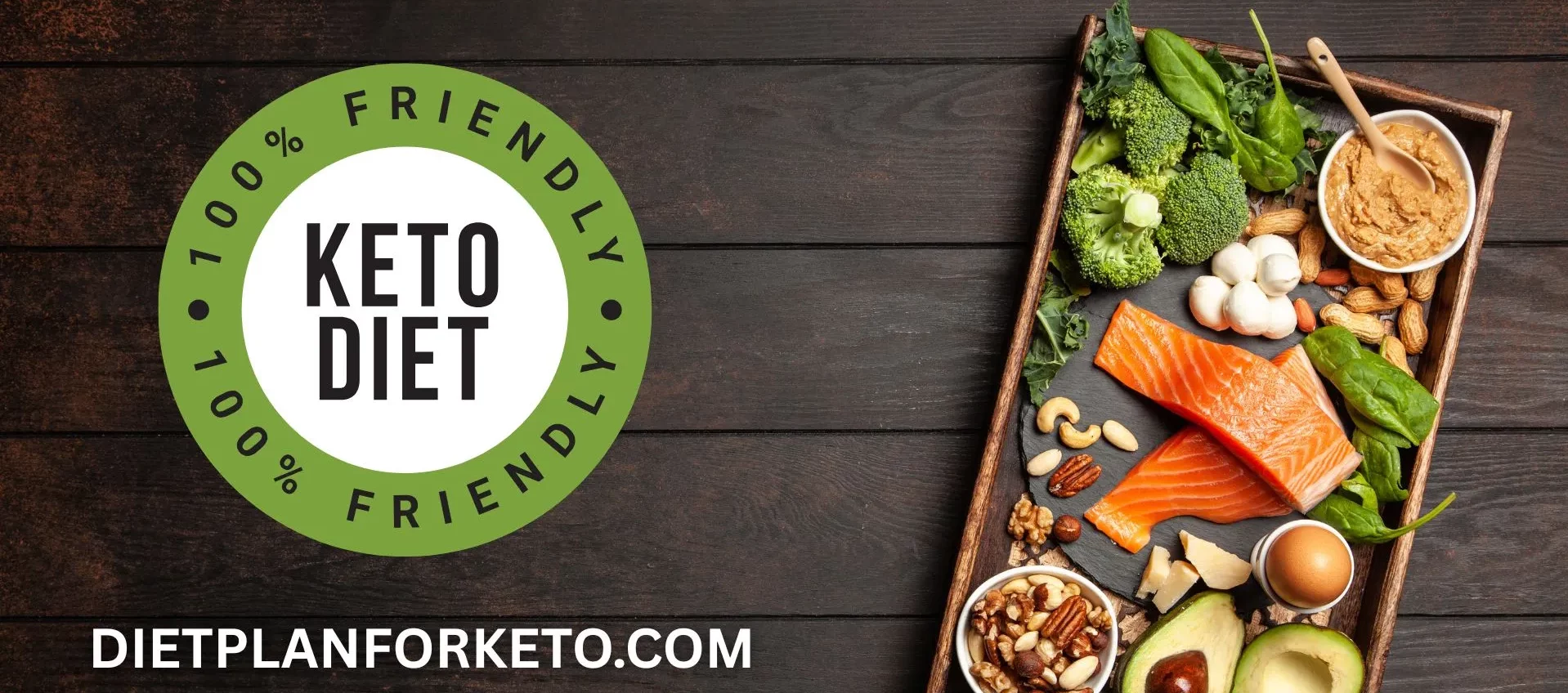Adopting a ketogenic diet can lead to impressive weight loss, mental clarity, and sustained energy.
But not all keto diets are created equal. You may have heard terms like “clean keto” and “dirty keto” floating around online or in your favorite health groups.
So, what’s the difference? And more importantly, is clean keto better than dirty keto?
This guide will help you understand both, break down the pros and cons, and empower you to make an informed decision based on science, expert insight, and practical examples.
Table of Contents
- What is the Ketogenic Diet?
- Defining Clean Keto and Dirty Keto
- Comparing Nutritional Profiles
- Health Impacts: Clean Keto vs. Dirty Keto
- Real-World Examples: What a Day Looks Like
- Who Should Try Clean Keto?
- Who Might Opt for Dirty Keto?
- Actionable Tips for Choosing the Right Approach
- Common Mistakes to Avoid
- Pros and Cons Summary
- Final Thoughts: Which is Better?
- Helpful Resources
- Disclaimer
1. What is the Ketogenic Diet?
The ketogenic (or “keto”) diet is a low-carbohydrate, high-fat diet that encourages your body to enter a metabolic state called ketosis.
In ketosis, your body burns fat for fuel instead of carbohydrates. This process can help reduce body fat, stabilize blood sugar, and increase mental focus.
Key points:
- Carb intake is typically limited to 20-50 grams per day.
- Fat makes up roughly 70-80% of total daily calories.
- Moderate protein consumption is emphasized.
2. Defining Clean Keto and Dirty Keto
While the overarching goal of keto is to enter and maintain ketosis, the type of food consumed plays a vital role in long-term health.
Clean Keto Clean keto focuses on whole, nutrient-dense foods that promote overall wellness:
- Organic vegetables
- Grass-fed meats
- Wild-caught fish
- Healthy fats (avocado, olive oil, nuts)
- Minimal to no processed foods
Dirty Keto Dirty keto still meets the macronutrient goals of keto but without considering food quality:
- Fast food burgers (without the bun)
- Processed meats (like bacon and pepperoni)
- Keto-approved packaged snacks
- Artificial sweeteners
3. Comparing Nutritional Profiles
Clean Keto:
- High in micronutrients (vitamins, minerals)
- Supports gut health and digestion
- Better for long-term inflammation control
Dirty Keto:
- Often lacks fiber and key nutrients
- Can be high in trans fats and additives
- May contribute to inflammation and GI issues
A recent study published in the Journal of Nutrition and Metabolism found that diets rich in whole foods significantly improve insulin sensitivity compared to those high in processed fats and low-quality meats.
4. Health Impacts: Clean Keto vs. Dirty Keto
Clean Keto Benefits:
- Reduced inflammation
- Enhanced mental clarity
- Improved digestion and bowel regularity
- More sustainable long-term
Dirty Keto Risks:
- Increased risk of cardiovascular disease
- Higher cholesterol levels
- Poor gut microbiome health
- May lead to nutrient deficiencies
5. Real-World Examples: What a Day Looks Like
Clean Keto Sample Day
- Breakfast: Scrambled pasture-raised eggs, spinach, and avocado
- Lunch: Grilled wild salmon, mixed greens, olive oil vinaigrette
- Snack: A handful of macadamia nuts
- Dinner: Grass-fed steak, roasted Brussels sprouts with ghee
Dirty Keto Sample Day
- Breakfast: Bacon, sausage, and processed cheese
- Lunch: Bunless double cheeseburger from a fast food chain
- Snack: Packaged keto cookies
- Dinner: Pepperoni pizza on a cauliflower crust with ranch
6. Who Should Try Clean Keto?
Clean keto is ideal for individuals who:
- Have underlying health conditions (diabetes, autoimmune issues)
- Want long-term sustainability
- Prefer natural, whole-food ingredients
- Care about gut and heart health
7. Who Might Opt for Dirty Keto?
Dirty keto can be a practical (short-term) choice for:
- Busy individuals who need convenience
- People on a tight budget
- Beginners easing into keto
- Those focused solely on quick weight loss
However, it is not recommended as a permanent solution due to its potential health consequences.

8. Actionable Tips for Choosing the Right Approach
- Start with your goals: Is it short-term fat loss or long-term wellness?
- Track your macros and micros: Use tools like Cronometer or Carb Manager.
- Meal prep ahead of time: Clean keto takes planning, but is worth it.
- Read food labels: Avoid artificial additives and hydrogenated oils.
- Listen to your body: Monitor digestion, mood, energy, and sleep.
9. Common Mistakes to Avoid
- Ignoring vegetable intake: Even keto needs fiber!
- Overdoing processed meats: High nitrates can be harmful.
- Under-hydrating: Electrolytes matter.
- Forgetting about portion control: Calories still count.
10. Pros and Cons Summary
Clean Keto
- Pros:
- Nutrient-dense
- Anti-inflammatory
- Promotes longevity
- Cons:
- Time-consuming
- Can be more expensive
Dirty Keto
- Pros:
- Convenient
- Budget-friendly
- Easier for beginners
- Cons:
- Lacks essential nutrients
- May harm long-term health
11. Final Thoughts: Which is Better?
So, is clean keto better than dirty keto? For long-term health and wellness, clean keto is the superior choice. It not only supports ketosis but also provides your body with the nutrients it needs to thrive. Dirty keto can be useful in certain scenarios, but it should be used cautiously and temporarily.
If you’re aiming for sustainable results, better digestion, and reduced inflammation, clean keto is your best bet.
12. Helpful Resources
For further guidance, check out this comprehensive article: Clean Keto vs. Dirty Keto: What You Need to Know – it offers practical advice, meal plans, and expert-backed information.
13. Disclaimer
This guide is for general information only and does not constitute medical advice. Always consult a healthcare professional before making significant changes to your diet. If you feel unwell or experience symptoms, please see a doctor. Any actions taken based on this information are at your own responsibility.
